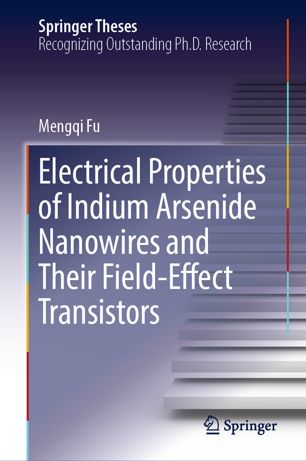

Most ebook files are in PDF format, so you can easily read them using various software such as Foxit Reader or directly on the Google Chrome browser.
Some ebook files are released by publishers in other formats such as .awz, .mobi, .epub, .fb2, etc. You may need to install specific software to read these formats on mobile/PC, such as Calibre.
Please read the tutorial at this link: https://ebookbell.com/faq
We offer FREE conversion to the popular formats you request; however, this may take some time. Therefore, right after payment, please email us, and we will try to provide the service as quickly as possible.
For some exceptional file formats or broken links (if any), please refrain from opening any disputes. Instead, email us first, and we will try to assist within a maximum of 6 hours.
EbookBell Team

5.0
60 reviewsThis book explores the impacts of important material parameters on the electrical properties of indium arsenide (InAs) nanowires, which offer a promising channel material for low-power electronic devices due to their small bandgap and high electron mobility. Smaller diameter nanowires are needed in order to scale down electronic devices and improve their performance. However, to date the properties of thin InAs nanowires and their sensitivity to various factors were not known.
The book presents the first study of ultrathin InAs nanowires with diameters below 10 nm are studied, for the first time, establishing the channel in field-effect transistors (FETs) and the correlation between nanowire diameter and device performance. Moreover, it develops a novel method for directly correlating the atomic-level structure with the properties of individual nanowires and their device performance. Using this method, the electronic properties of InAs nanowires and the performance of the FETs they are used in are found to change with the crystal phases (wurtzite, zinc-blend or a mix phase), the axis direction and the growth method. These findings deepen our understanding of InAs nanowires and provide a potential way to tailor device performance by controlling the relevant parameters of the nanowires and devices.